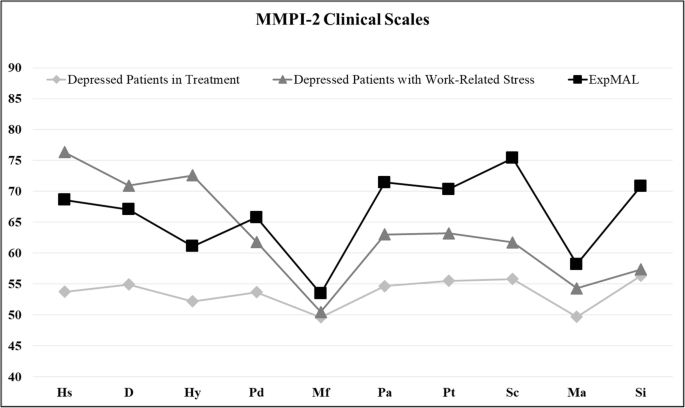
2.6 PSY-5 (Personality Psychopathology Five) scales.An alternative version of the test, the MMPI-2 Restructured Form (MMPI-2-RF), published in 2008, retains some aspects of the traditional MMPI assessment strategy, but adopts a different theoretical approach to personality test development. A version for adolescents, the MMPI-A, was published in 1992.


It was replaced by an updated version, the MMPI-2, in 1989 (Butcher, Dahlstrom, Graham, Tellegen, and Kaemmer). McKinley, faculty of the University of Minnesota, and first published by the University of Minnesota Press in 1943. The original MMPI was developed by Starke R. Psychologists and other mental health professionals use various versions of the MMPI to help develop treatment plans, assist with differential diagnosis, help answer legal questions ( forensic psychology), screen job candidates during the personnel selection process, or as part of a therapeutic assessment procedure. The Minnesota Multiphasic Personality Inventory ( MMPI) is a standardized psychometric test of adult personality and psychopathology. Minnesota Multiphasic Personality Inventory These scales are used to determine ones suitability for high paying occupations.For the bio-chemical category abbreviated "MMPI", see Matrix metalloproteinase inhibitor. Once validity of the answers is established, a profile is created employing 10 Clinical Scales. Using 567 true or false questions, rates the tester on 130 categories (validity scales included). court cases of many kinds and why it is also used for employment hiring and promoting, from emergency services to police to military personnel, and in the private sector too. The fact that it is so successful at detecting malingering, among other types of faking, is why this test is used in U.S. The result was a test so long and so exhausting that virtually nobody is able to keep their answers coherent if an attempt at dishonesty was made. Over this time it has been refined and validated with hundreds of thousands of people taking the test and many scientific studies that led to the inclusion of subscales and the supplementary scales. The MMPI-2 was published in 1989, and is still in use today. Published in 1940, the MMPI was the first comprehensive test that was data-driven, that largely did away with theory, and it was first calibrated by asking inpatient and outpatient individuals of psychiatric hospitals with well-known conditions to answer the test as they would if honest. It is the only personality test the results of which are recognized and used by that country’s courts of law. The Minnesota Multiphasic Personality Inventory (MMPI-2) is the most used personality test in clinical settings in the United States.

Psychologists who are able to give the test are strongly encouraged to only ever provide the final results of the MMPI and not disclose any of the components (scales) as individual results. The University of Minnesota Press is the publisher of the MMPI® instruments, representing the Regents of the University of Minnesota, and is exclusively licenses ‘Pearson Assessment’ to produce, market, and sell the MMPI test products and to offer scoring and interpretive services. The psychologists who are permitted to administer and interrupt the results have undergone training in the use of the MMPI, and are highly regulated on what they are allowed and not allowed to do.
MMPI TEST RESULTS SERIES
The Minnesota Multiphasic Personality Inventory series of tests and exams including the most common MMPI are strictly controlled by those who hold the rights of the MMPI. When you search for “MMPI Test Online Free” usually you get results saying it is not available.


 0 kommentar(er)
0 kommentar(er)
